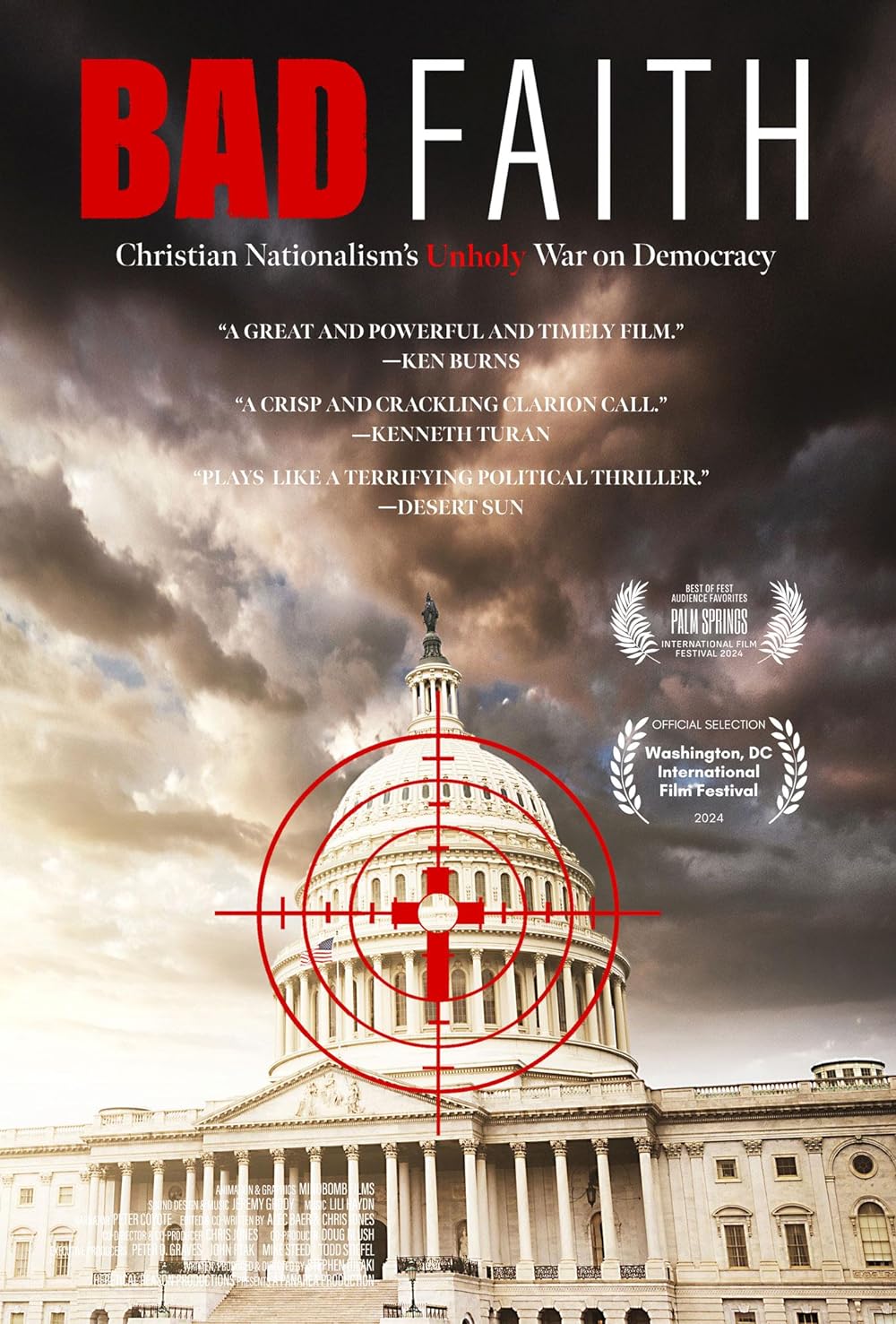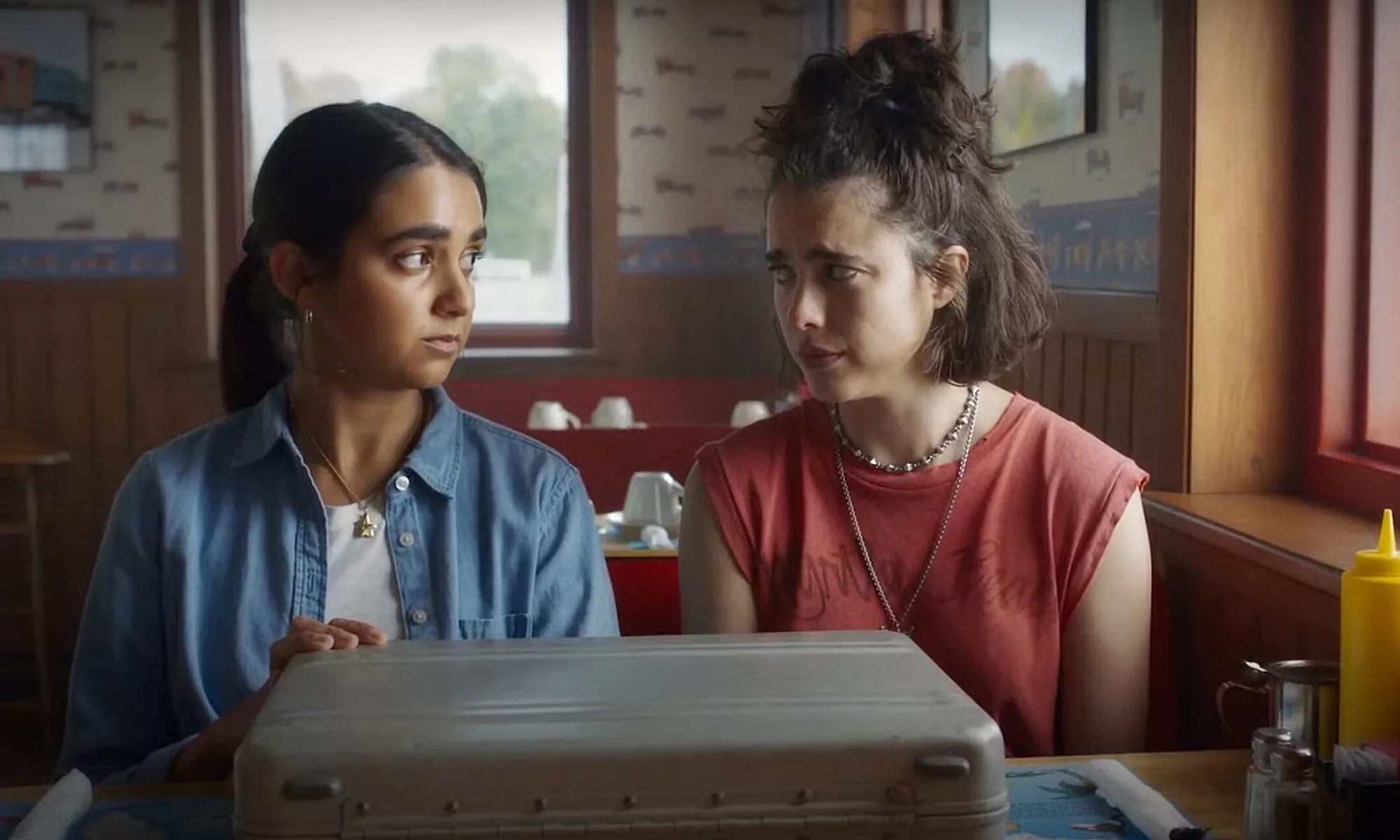Birth
Posted on October 27, 2004 at 6:35 am
D| Lowest Recommended Age: | Mature High Schooler |
| Profanity: | Some strong language |
| Nudity/ Sex: | Explicit sexual situation, references, inappropriate relationship with child |
| Alcohol/ Drugs: | Drinking and smoking |
| Violence/ Scariness: | Creepy and tense atmosphere, some shoving |
| Diversity Issues: | Mild stereotyping of "family retainer" |
| Date Released to Theaters: | 2004 |
In the middle of a story that lurches from unsettling to preposterous by way of sheer ookiness, there is a moment of sheer, breathtaking bravura, shared by actress and director.
At her engagement party, Anna (Nicole Kidman) has just been told by a 10 year old boy that he is the reincarnation of her late husband. Soon after, she and the fiance are at the theater, after another unsettling confrontation with the boy. Director Jonathan Glazer gives us a close-up of Anna’s face and then stays there for what is in these MTV-ADD days of skittery jump cuts and cluttered, flashy edits, a seemingly endless shot. Both Glazer and Kidman are flying without a net. A take of that length risks making the audience uncomfortable, taking them out of the story. Most actors would feel they had to do something show-offy to hold our attention. But Kidman trusts us and she trusts herself. She doesn’t use tricks. She doesn’t bite her lip or wipe away a tear. She just lets her longing and disbelief touch almost imperceptively on those impeccable features. It is a wonder to see.
But the rest of the movie is just an “I wonder what they were thinking.”
Or maybe “I wonder if they knew what they were thinking.” I’m not saying everything always has to fit together, but this movie keeps changing its mind about its most basic premise.
Ambiguity is fine — it’s always good to see a movie that has enough respect for the audience to leave something to the imagination. But inconsistency is another thing entirely, and in this movie it just leaves the viewer feeling cheated. Ambiguity only works if the incomplete pieces don’t clash with each other. It’s okay to leave blank spaces as long as the pieces that are there fit together.
The idea of having a loved one return after death is an enticing one, featured in many films, good and bad. The ones that work have some point of view that resonates with our desires (Truly Madly Deeply) or our fears (Blithe Spirit). This one seems to have given more thought to its elegant decors (marvelously evocative) than to its underlying theories. Has Sean returned to prevent Anna from marrying someone who is hiding his true nature? Was Sean less than the devoted husband Anna wants to remember? Is this just a disturbed boy, obsessed with a beautiful woman? Any of these could have been the basis for a good movie, but the film just hints in those directions and then doubles back. And what are all these grown-up people doing living together in one apartment? It’s sort of the Upper East Side version of the Ponderosa.
Meanwhile, the film gets creepy in ways it apparently does not intend. It is bad enough when Anna tries to shock 10-year-old Sean out of what she hopes is a delusion by asking him how he intends to satisfy her sexually. It is close to awful when he takes off all his clothes and climbs into the bathtub with her. And the last fifteen minutes make no sense whatsoever.
In the midst of all this mess, there are some lovely performances, especially Alison Elliot as Laura, Anna’s pregnant sister, Arliss Howard as her husband, and Ted Levine and Cara Seymour as Sean’s parents. All create real characters in their brief screen time. It’s always nice to hear Lauren Bacall’s clipped diction, but it only reminds us of the many far better movies we have enjoyed her in.
Parents should know that the movie includes sexual references, including adultery, and an explicit (and completely gratuitous) sexual situation as well as situations that come close to sexual abuse of a minor. A young boy takes a bath with an adult woman and later they kiss. Characters drink and smoke and use some strong language. The only minority cast member plays a somewhat stereotyped family retainer. The themes may be very disturbing to some audience members.
Families who see this movie should talk about their own views on life after death. What would they like to hear from those they have lost? What should we say now to those who are still here?
Families who enjoy this movie will also enjoy other movies with this theme, including Ghost, Truly, Madly, Deeply, and Blithe Spirit. They will also enjoy seeing some of Bacall’s best work in To Have and Have Not, The Big Sleep, and Designing Woman.






